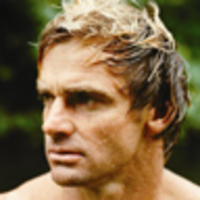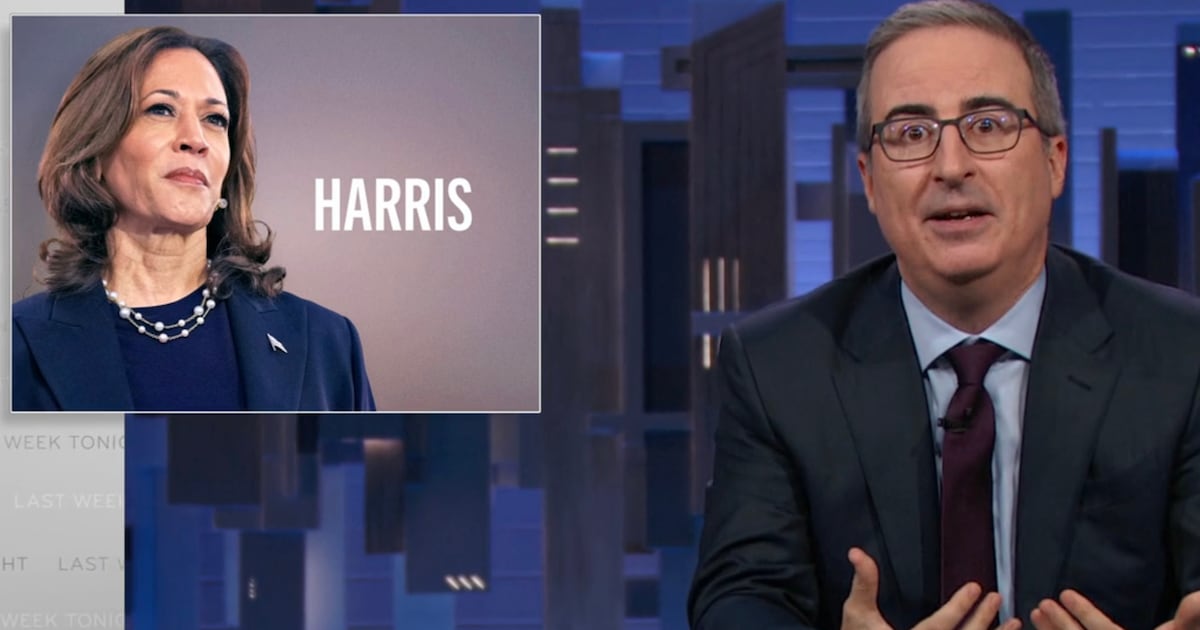
With a stepfather who was a Hollywood stunt surfer and a mother who was friends with the real Gidget, Laird Hamilton's career in surf films was practically predestined. He took to the water at age 5 and appeared in his first movie just a year later. Since then, he has watched all of his sport's notable films—and has been in many of them. This month, his fitness book Force of Nature comes out in paperback, and he's featured in Susan Casey's new book, The Wave, as one of a crew of surfers who jet around the world in search of gigantic walls of water. Here, Hamilton takes us through his favorite surf flicks (including a few he had nothing to do with).
Ride the Wild Surf, 1964
This marked the transition between the Beach Blanket Bingo-type movies and the ones featuring real surfing. It was one of the first Hollywood films where there wasn't someone standing on a surfboard in a swimming pool throwing a bucket of water to make it look like a wave, or a blue screen playing in the background while the surfers cruised along on their boards smoking cigars with their hats on. There was real surfing in it. They actually went to Waimea Bay in Hawaii and hired Mickey Dora and Greg Noll to surf.
ADVERTISEMENT
Endless Summer, 1966
It's one of the all-time greats. It's the original film that documented the essence of surfing. It's about a group of surfers who travel all over the world looking for the ultimate ride, the perfect wave. Back then they were looking for the endless summer because that's when the weather's nicest. These days, it's the endless winter we're after because that's when the waves are biggest. But it's the same idea. It's about adventure, exploring, and discovery, which are deeply embedded in surfing. The film also documented the spread of surfing; they went to places where no one had ever surfed and showed the locals how to do it, which influenced a lot of people. I was just a puppy when the movie came out, but years later, I was in Endless Summer 2. It was an honor to have a spot in that legacy.
Free and Easy, 1967
Free and Easy is about the surfing lifestyle, focusing on guys who gave up their lives to get surfing gigs—people like David Nuuhiwa, a longboard nose-rider who was surfing at a level we don't even see today. It was shot by Greg MacGillivray and Jim Freeman, the best documentarian surf film makers we've ever experienced. When I was a kid, I was friends with MacGillivray and Freeman through my mom, who grew up surfing in Southern California. She was close with Greg, who later became an IMAX filmmaker; she also knew Linda Benson, the stunt surfer in the Gidget movies.
For me, being called to ride “the big one” is the apex of surfing, and that’s the part of the movie I like.
Pacific Vibrations, 1970
Pacific Vibrations is a hardcore surf movie for surfers. It was shot during a time when performance surfing was really coming into its own. The boards had gotten shorter and surfing was going through a big metamorphosis. It was Gerry Lopez at Pipeline. It was high-level, cutting-edge performance surfing. The movie was impactful for me growing up partly because it was the first movie I was ever in. I was 6 years old and I rode a skimboard, and I remember that I got slammed in the shore break. John Severson, the founder of Surfer magazine, made Pacific Vibrations with MacGillivray and Freeman, filming at surf breaks all over the Pacific Ocean.
Big Wednesday, 1978
My stepdad, Bill Hamilton, did a lot of the surfing for Jan Michael Vincent in Big Wednesday. Seeing him on the screen definitely made me feel proud. Bill was in five or six surf films in all. These days, there are hundreds of surf videos, but back then, they shot in film, so these were all actual movies. Big Wednesday was cool because for the first time you saw that a lot different kinds of people are surfers. It also hit on themes—the war and dodging the draft—that were a big part of what my stepdad's generation went through.
Apocalypse Now, 1979
Even though Apocalypse Now is a war film, a lot of the characters were surfers. It was written by John Milius, who also wrote and directed Big Wednesday. There's a surf scene where the soldiers capture a Vietcong village so they can go surfing at a nearby break. "Charlie don't surf" is the famous line from that scene. Milius said it's one of the greatest lines he's ever written. What it means is that the enemy doesn't have any use for the point they've captured because the enemy doesn't surf.
North Shore, 1987
I love North Shore because it was such an embarrassment. I've got body paint on and I'm carrying girls wearing Speedos out of the water. I play the villain—the contest surfer who will do anything to win. It's a contrast to my life. Mostly. It's also one of those movies with a cult following—either you've never seen it or you can recite every single line.
Point Break, 1991
A lot of people like Point Break because the characters are designed around the personalities of surfers from that era. They're bank robbers, but they're also carefree guys who love life, which is something a lot of surfers can relate to. But for me, being called to ride "the big one" is the apex of surfing, and that's the part of the movie I like. It's having everything come together in a once-in-a-lifetime way and taking advantage of that opportunity. You've got one shot and that's it. You'd better be ready to go, otherwise you can cry about it later. But the real Point Break connection for me is that my friend Darrick Doerner did the stunt at the end of the movie when the Patrick Swayze character goes surfing at Waimea and gets nailed by a giant wave and dies. I was out in the ocean with Darrick running water safety for that stunt. After he crashed and came to shore, the director said, "We missed it." Darrick and I were like, "What do you mean, you missed it? That's tough shit." You don't crash at Waimea on purpose. So Darrick re-negotiated his fee, and we went back out. He ended up doing that stunt twice.
September Sessions, 2002
Jack Johnson and Emmett Malloy made this film and they're also in it. The surfing is beautiful, and like with all good surf movies, they're trying to capture the essence of surfing by using an image and a feeling and a sound. It's beautifully orchestrated with good music and cinematography. A piece of art. And even though Jack and Emmett are musicians, that doesn't mean the surfing performances aren't radical. It's gnarly.
Step Into Liquid, 2003
For me, Step Into Liquid was great because I got to travel to places like Easter Island. And it was cool to see all the different characters out there who are surfers, like the guy who rides oil tanker wakes in Texas and the one in Michigan who says his break is just like the Banzai Pipeline. I also liked the surfer who paddled out every single day for 10 years and had a ball of wax the size of a Volkswagen and a pile of wetsuits to match. And I thought it was hilarious to watch the guy who crashed his plane showing off.
Riding Giants, 2004
I have a big part in Riding Giants, but that's not why I like it. I'm into the historical footage—the documentation of 1950s big wave riding. No one had seen any of that before.
Hollywood Don't Surf, 2010
It's a great documentary in terms of showing surfing's influence on Hollywood. Steven Spielberg and Quentin Tarantino are interviewed about director John Milius and Big Wednesday, which Spielberg was involved in. And they talk about Gidget and how surfing was portrayed in Hollywood. But this film also hurt my stomach. I laughed a lot. How can it get any funnier than Gary Busey saying how sorry he feels for Jan Michael Vincent because of what happened to him with alcohol and drugs—while Busey's face is twisted sideways?
Laird Hamilton is a surfer, actor, and author. He will soon be seen in the upcoming feature film The Descendants , directed by Alexander Payne, opposite George Clooney. He's also appeared on CBS's Gary UnMarried and as a stunt double in the water for Pierce Brosnan in Die Another Day and Kevin Costner in Waterworld . His most recent book is The Wave , which details the science of more than 100 foot waves and the surfers who ride them.





